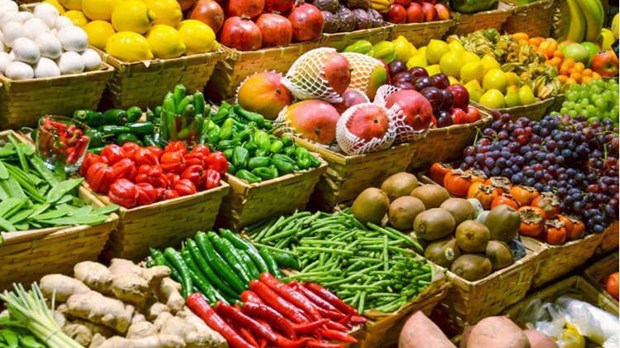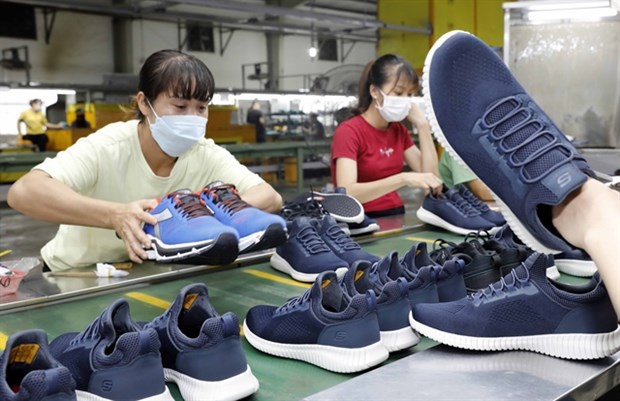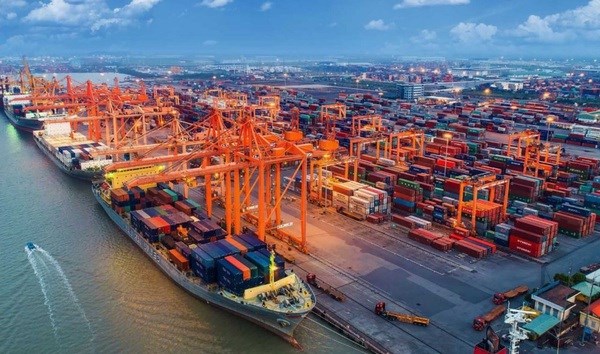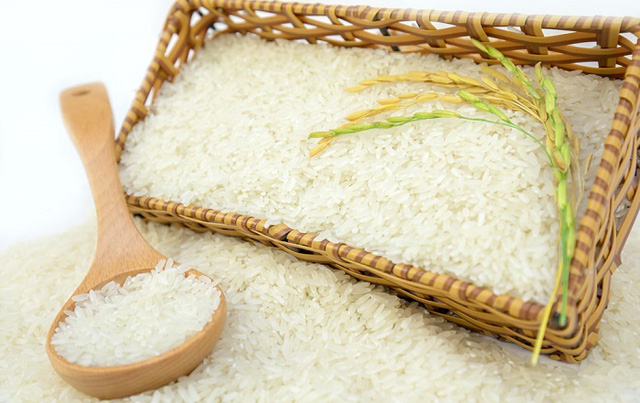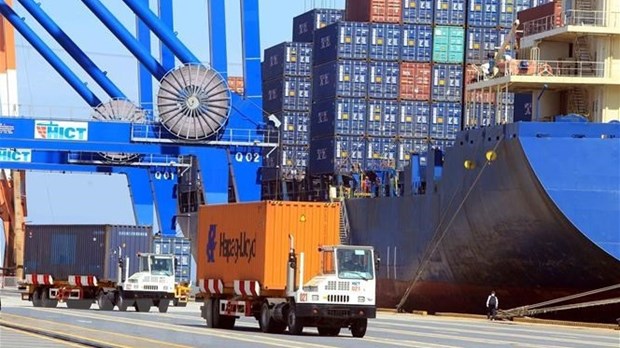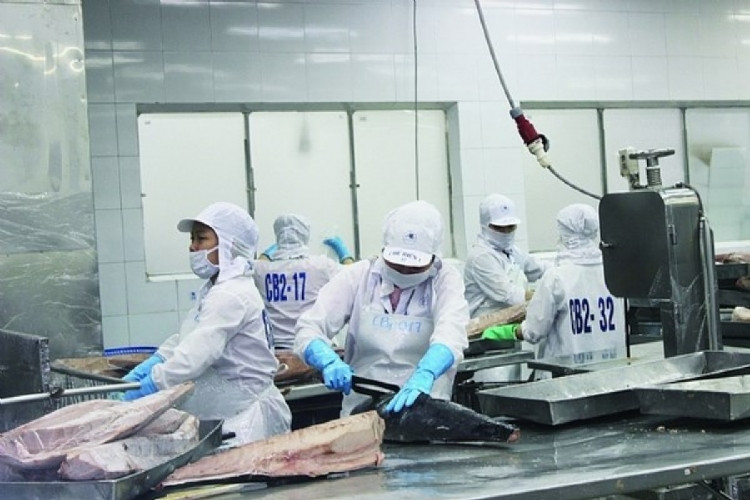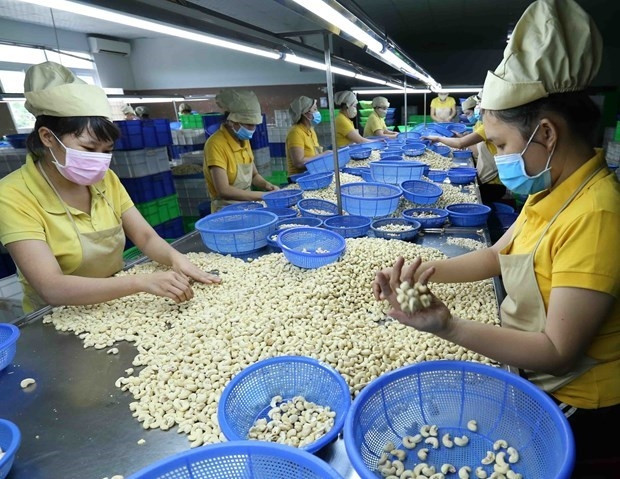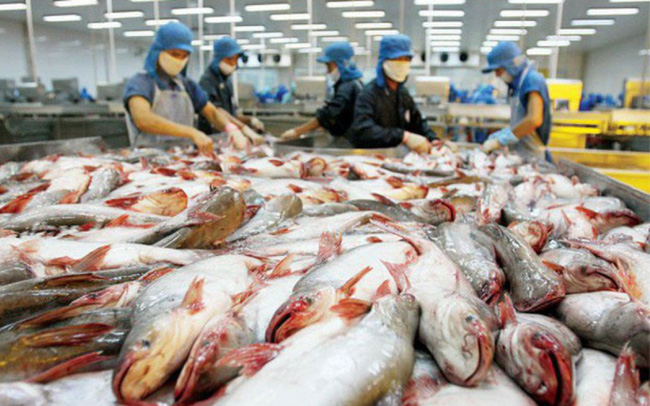Vietnam Rice Industry Report 2022: Rice Exports are to Continue to Rise in Both Volume and Value to 2031
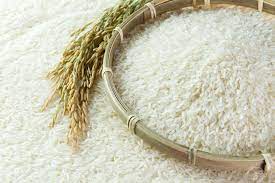
Vietnam is rich in rice, tropical crops and aquatic products and is a major exporter of agricultural products in Southeast Asia, and the third largest exporter of rice in the world.
According to the analyst's analysis, Vietnam's rice export value reached USD3.133 billion in 2021, and rice has become a bright spot in Vietnam's agricultural products exports. This is a remarkable achievement of the rice industry for many years, especially in the context of natural disasters and COVID-19 epidemic that hit Vietnam's agriculture in 2020 in terms of production and export.
In 2021, Vietnam's total rice production was about 44 million tons, meeting the demand for domestic consumption, processing, poultry and livestock feed, and export, etc. In 2020, its rice exports grew against the backdrop of a decline in exports of many of Vietnam's long-dominant agricultural products due to the COVID-19 epidemic. In 2021, rice exports increased from 5.28 million tons to 6.57 million tons.
In terms of price, the average price of Vietnam's rice exports in 2021 dropped 3.83 percent year on year to $477 per ton. At the beginning of 2021, Vietnamese rice prices still maintained the highest position. On March 25th, Vietnamese rice with a 5% breakage rate rose to $515-520 per ton, Thai rice of the same variety to $500-518 per ton and Indian rice to $398-403. In January 2021, Vietnam's rice export price reached $551.7 per ton.
Since the EU-Vietnam Free Trade Agreement (EVFTA) came into force on August 1, 2020, rice exports have rapidly seen an upturn. According to EVFTA, the EU provides Vietnam with 80,000 tons of rice for export at 0% tax rate annually (including 30,000 tons of milled rice, 20,000 tons of unmilled rice and 30,000 tons of aromatic rice).
For rice from Vietnam, the EU will reduce the import duty rate to zero in the coming years. Taking advantage of the above, from September 2020, Vietnam started to sell rice to the EU at a much higher price than before. Specifically, before EVFTA came into effect, the prices of ST20 rice and Jasmine rice exported to the EU were USD800 and USD520 per ton, respectively, while now the prices are over USD1,000 and USD600, respectively.
According to the analyst's analysis, there are three reasons for the rise in Vietnam's rice prices. Firstly, the government issued an agricultural restructuring proposal, by which the rice structure has been strongly adjusted, changing the rice cultivation protocols, i.e., paying more attention to improving rice quality rather than increasing production.
In 2015, Vietnam's quality rice seeds accounted for only 35%-40% of the total seeds, while in 2020 the Chart reached 75%-80%, and even in some places, the usage rate of quality rice seeds is as high as 90%.
Secondly, Vietnam has signed many FTAs such as the Comprehensive and Progressive Agreement for Trans-Pacific Partnership (CPTPP) and the Europe-Vietnam Free Trade Agreement (EVFTA) with many countries, which creates conditions for a breakthrough in Vietnam's rice exports. Third, many industries were affected by the COVID-19 epidemic in 2020, but the market demand for food has not decreased.
According to the analyst's analysis, the Jiulong River Plain is the center of rice cultivation in Vietnam, contributing 50% of rice production and 95% of rice exports to Vietnam's agriculture.
In 2020, the Jiulong River Plain cultivated more than 1.5 million hectares of rice per season, with an average yield of 6 tons per hectare and an annual rice production of more than 24 million tons. Furthermore, its winter-spring rice production is expected to reach 10 million tons from 2020 to 2021.
The analyst reports that Vietnam's rice exports are to continue to rise in both volume and value in 2022-2031.
